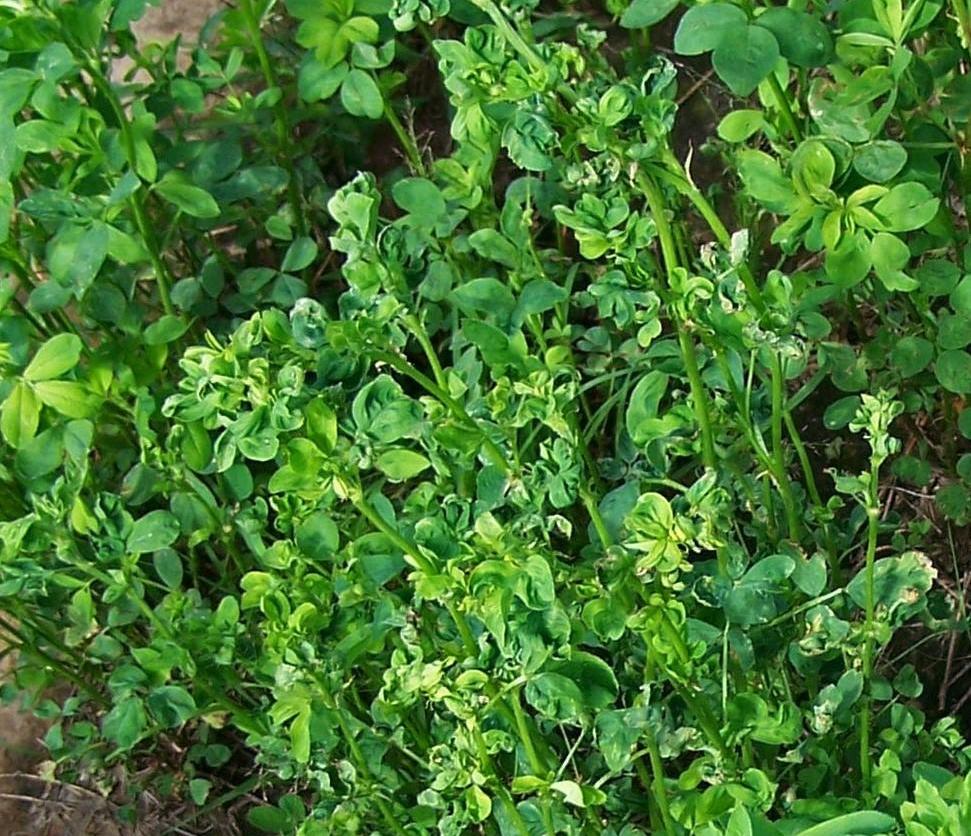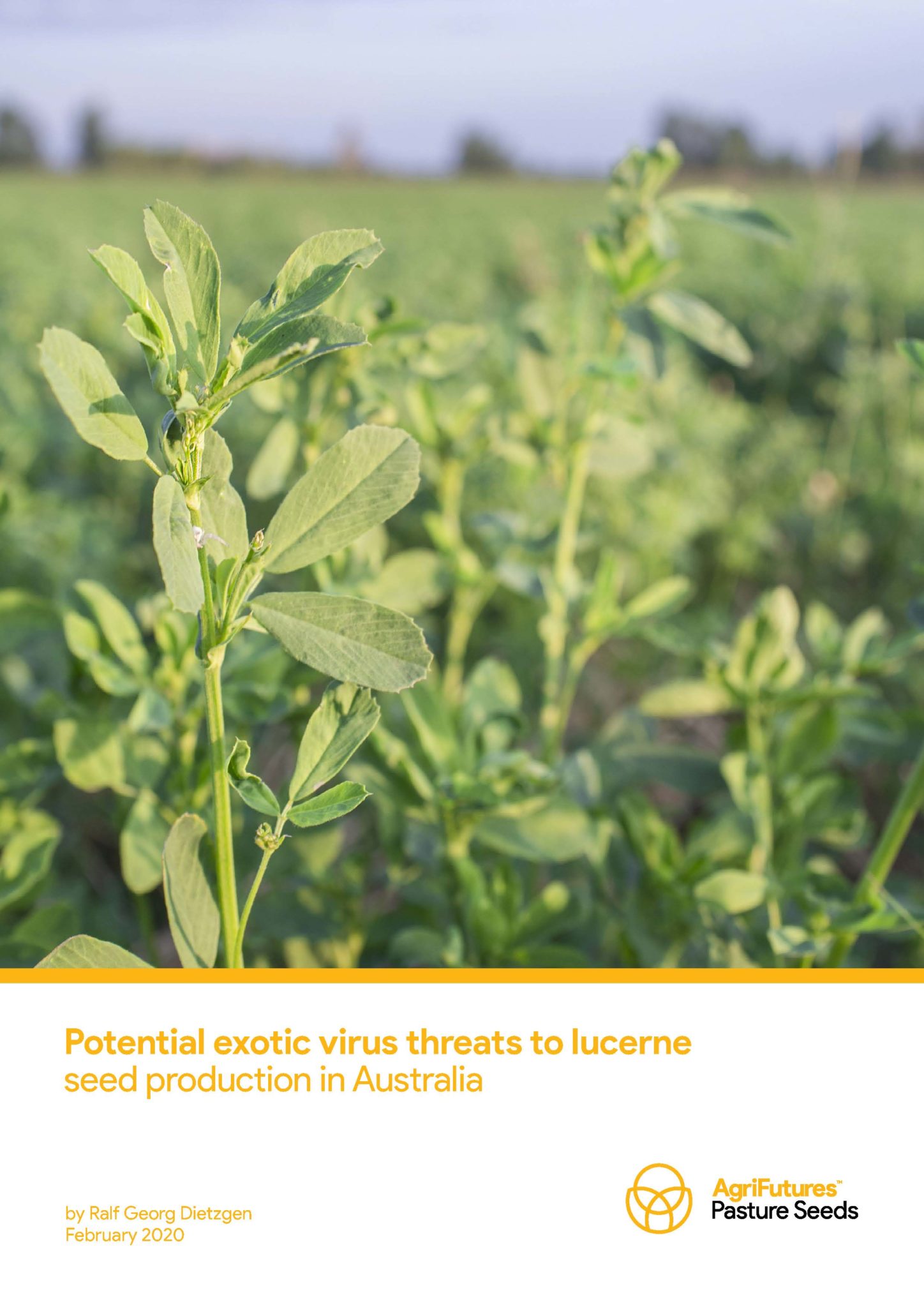A project to protect the Australian lucerne seed industry from possible exotic disease incursions including alfalfa dwarf disease (ADD) has scanned lucerne paddocks for viruses associated with the damaging disease.
The research brought together the complementary expertise from Australian and Argentinian researchers to further investigate ADD and to determine the potential risk ADD could pose to the Australian lucerne industry.
The collaborative team conducted limited, targeted surveys of lucerne crops which showed no evidence of ADD in Australia.
In addition they confirmed there were five viruses associated with ADD including alfalfa dwarf virus (ADV), alfalfa leaf curl virus (ALCV), alfalfa mosaic virus (AMV), bean leaf roll virus (BLRV) and alfalfa enamovirus-1 (AEV-1).

The research also found a co-infection of lucerne with ALCV and AMV appears to be the main cause of the severe alfalfa dwarf disease in Argentina. John Smith, AgriFutures Australia General Manager, Research said despite there being no evidence of ADD in Australia, the risk of accidental introduction remained.
“The implications of an outbreak of ADD would mean higher costs for control of insect vectors; and lower lucerne hay yields and seed quality,” Mr Smith said.
“Timely detection and reporting might ease eradication and reduce the long-term impact of an incursion into Australia.”
The collaborative research funded by AgriFutures Pasture Seeds Program, was conducted by the University of Queensland through the Queensland Alliance for Agriculture and Food Innovation (QAAFI), and the Queensland Department of Agriculture and Fisheries (DAF). It was also guided and supported by Lucerne Australia. This research has contributed significantly to the biosecurity of Queensland’s lucerne hay production and the protection of Australia’s seed export markets.
Associate Professor Ralf Dietzgen, QAAFI Principal Research Fellow recommends biosecurity measures should focus on keeping Australia free from ALCV.

Professor Dietzgen said the question of potential low-level ALCV seed transmission was still unresolved and should be a research priority.
“The newly discovered alfalfa ringspot-associated virus should also be further investigated to determine its biology, prevalence and effect to determine whether it poses a risk to the Australian lucerne industry,” Professor Dietzgen said.
Mr Smith added ADD was listed as a high-risk pathogen in the Australian Fodder Biosecurity Plan.
“In 2010, a high incidence of ADD slashed yields in Argentina and Uruguay by up to 30% -- an economic loss of USD $700 million,” said Mr Smith.
“Grower vigilance and early detection will be key to keeping the industry safe from ADD.”
This project was completed in June 2019 with funding from AgriFutures and support from the Queensland Department of Agriculture and Fisheries.
The full report, a draft contingency plan for industry and a final report summary are available at agrifutures.com.au/ADD
Download AgriFutures fact sheet: Potential exotic virus threats to lucerne seed production
CONTACT: Associate Professor Ralf Dietzgen, Principal Research Fellow, Centre for Crop Science and Centre for Horticultural Science, Queensland Alliance for Agriculture and Food Innovation (QAAFI), The University of Queensland, T: +61 7 3346 5030, M: 0478504111, E: r.dietzgen@uq.edu.au or Lauren Sharkey, Manager Communications, AgriFutures, T: 02 6923 6916, M: 0409 966 182 E: lauren.sharkey@agrifutures.com.au
High resolution photos contact Carolyn Martin QAAFI Communications, E: carolyn.martin@uq.edu.au M: 0439 399 886.




